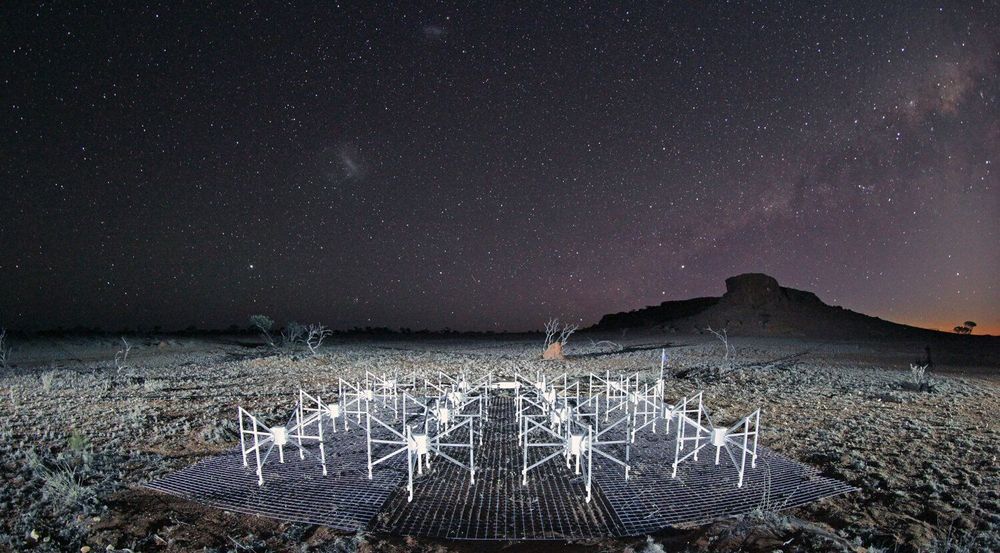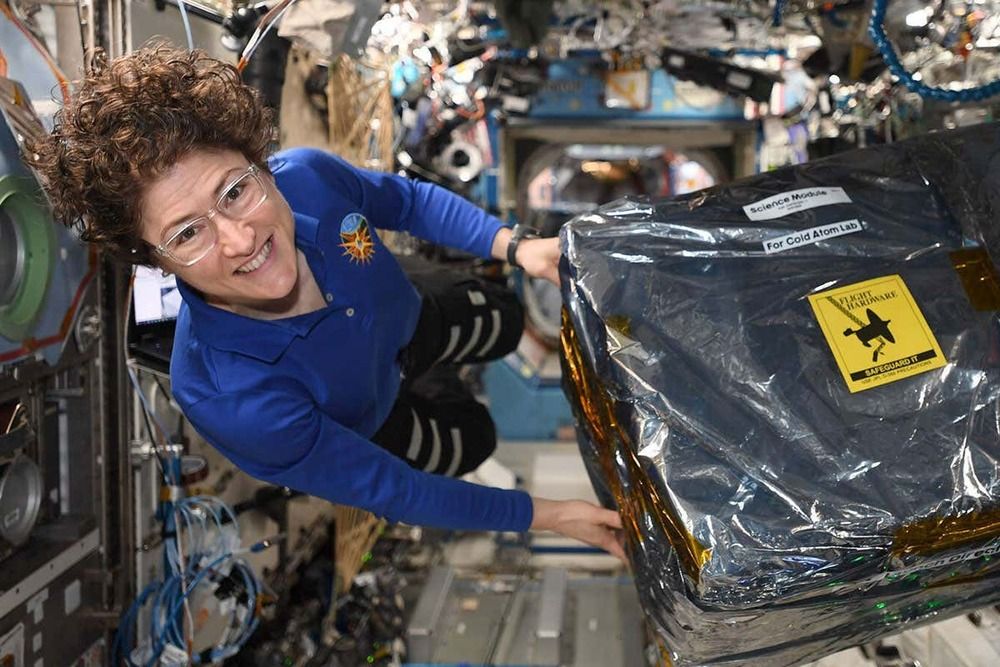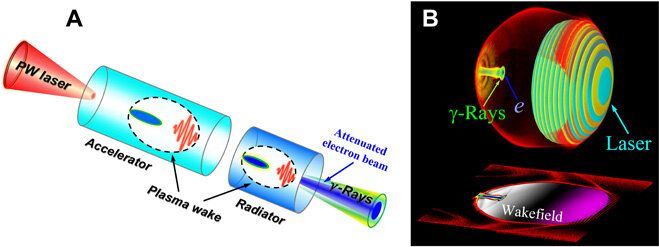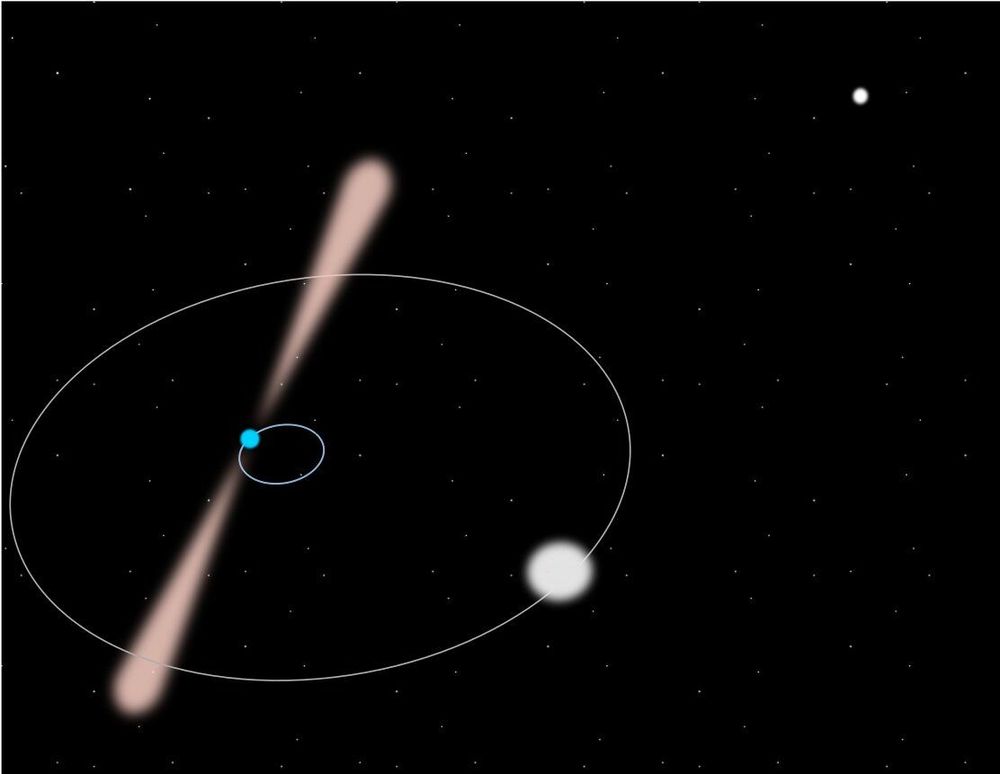#NASA
#SpaceFun


Sending a rover to the Red Planet is more than just 3…2…1… Liftoff! 🚀 It takes 1,000s of people and years of hard work to get a spacecraft from Earth to Mars. So when NASA’s Perseverance Mars Rover touches down on the Martian surface, it will be because of the talented NASA minds that helped to make it happen.
Follow the journey of Perseverance: mars.nasa.gov/mars2020

Today, stars fill the night sky. But when the universe was in its infancy, it contained no stars at all. And an international team of scientists is closer than ever to detecting, measuring and studying a signal from this era that has been traveling through the cosmos ever since that starless era ended some 13 billion years ago.
That team—led by researchers at the University of Washington, the University of Melbourne, Curtin University and Brown University—reported last year in the Astrophysical Journal that it had achieved an almost 10-fold improvement of radio emission data collected by the Murchison Widefield Array. Team members are currently scouring the data from this radio telescope in remote Western Australia for a telltale signal from this poorly understood “dark age” of our universe.
Learning about this period will help address major questions about the universe today.


Laser-wakefield accelerators have led to the development of compact, ultrashort X-ray or gamma-ray sources to deliver peak brilliance, similar to conventional synchrotron sources. However, such sources are withheld by low efficiencies and limited to 107–8 photons per shot in the kiloelectron volt (KeV) to megaelectron volt (MeV) range. In a new report now published on Science Advances, Xing-Long Zhu and a research team in physics and astronomy in China and the U.K., presented a new approach to efficiently produce collimated, ultrabright gamma (γ)-ray beams. The resulting photon energies were tunable for up to gigaelectron volts by focussing a multi-petawatt laser pulse into a 2-stage wakefield accelerator. The high-intensity laser allowed them to efficiently generate a multi-gigaelectron volt electron beam with a high density and charge during the first stage of the experiment. The laser and electron beams entered a high-density plasma region in the second stage thereafter. Using numerical simulations, they demonstrated the production of more than 1012 gamma ray photons per shot with energy conversion efficiency above 10 percent for photons above 1 megaelectron volt (MeV) and achieved a peak brilliance above 1026 photons S-1 mm-2 mrad-2 per 0.1 percent bandwidth at 1 MeV. This research outcome will offer new avenues in both fundamental and applied physics and engineering.
Bright sources of high-energy gamma rays are versatile for broad areas of applications, including fundamental research in astrophysics, particle and nuclear physics, as well as high-resolution imaging. Researchers can improve such applications with compact gamma ray sources with low divergence, short pulse duration, high energy, and high peak brilliance. While widely used synchrotrons and X-ray free electron lasers (XFELS) can deliver X-ray pulses with peak brilliance, they are limited to low photon energies. The size and cost of such research structures can also limit their regular applications. Researchers have therefore rapidly developed compact laser-wakefield accelerators (LWFAs) in the past two decades to offer a radically different approach to drive the acceleration and radiation of high-energy particles on a much smaller scale. Continuous advancements in the field of ultrahigh-power laser technology will enable brilliant high-energy gamma sources.

The discovery that at least some Fast Radio Bursts (FRBs) repeat has ruled out cataclysmic events as the progenitors of these particular bursts. FRB 121102 is the most well-studied repeating FRB but despite extensive monitoring of the source, no underlying pattern in the repetition has previously been identified. Here, we present the results from a radio monitoring campaign of FRB 121102 using the 76 m Lovell telescope. Using the pulses detected in the Lovell data along with pulses from the literature, we report a detection of periodic behaviour of the source over the span of 5 yr of data. We predict that the source is currently ‘off’ and that it should turn ‘on’ for the approximate MJD range 59002–59089 (2020 June 2 to 2020 August 28). This result, along with the recent detection of periodicity from another repeating FRB, highlights the need for long-term monitoring of repeating FRBs at a high cadence. Using simulations, we show that one needs at least 100 h of telescope time to follow-up repeating FRBs at a cadence of 0.5–3 d to detect periodicities in the range of 10–150 d. If the period is real, it shows that repeating FRBs can have a large range in their activity periods that might be difficult to reconcile with neutron star precession models.

An international collaboration of scientists has recorded the most accurate confirmation to date for one of the cornerstones of Einstein’s theory of general relativity, ‘the universality of free fall.”
The new research shows that the theory holds for strongly self-gravitating objects such as neutron stars. Using a radio telescope, scientists can very accurately observe the signal produced by pulsars, a type of neutron star and test the validity of Einstein’s theory of gravity for these extreme objects. In particular, the team analyzed the signals from a pulsar named “PSR J0337+1715’ recorded by the large radio telescope of Nançay, located in the heart of Sologne (France).
The universality of free fall principle states that two bodies dropped in a gravitational field undergo the very same acceleration independently of their composition. This was first demonstrated by Galileo who famously would have dropped objects of different masses from the top of Pisa’s tower to verify that they both reach the ground simultaneously.

Extreme graphics: 3.
A new power is born out of the ancient Pyramid ship above Europa’s frozen frontier, and a dark empire has risen beneath, united under the banner of the Fallen Kell of Darkness, Eramis. Join your fellow Guardians and bring down the empire at any cost – even if it means wielding the Darkness itself.
As the new threat emerges, so too does a mysterious new power – Stasis. Rooted in Darkness, Guardians will wield this new elemental power alongside Arc, Solar, and Void to dominate the battlefield. Titans, Warlocks, and Hunters each use Stasis in a different way, from slowing down foes with Stasis fields to encasing and shattering enemies with destructive might.
Pre-Order Beyond Light: bung.ie/BeyondLight
FOLLOW DESTINY:
Facebook: https://www.facebook.com/DestinyTheGame
Twitter: https://www.twitter.com/destinythegame
Instagram: https://www.instagram.com/destinythegame
Discord: http://www.discord.gg/destinygame
FOLLOW BUNGIE:
Facebook: https://www.facebook.com/Bungie/
Twitter: https://www.twitter.com/bungie
Instagram: https://www.instagram.com/bungie/
⠀ ⠀ ⠀ ⠀
Dive into the free-to-play world of Destiny 2 to experience responsive first-person shooter combat, explore the mysteries of our solar system, and unleash elemental abilities against powerful enemies. Create your Guardian and collect unique weapons, armor, and gear to customize your look and playstyle. Experience Destiny 2’s cinematic story alone or with friends, join other Guardians for challenging co-op missions, or compete against them in a variety of PvP modes.

